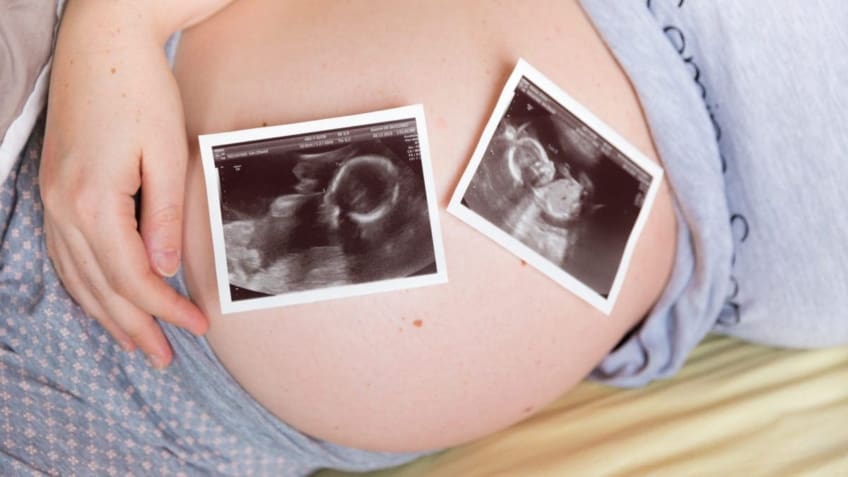
Being pregnant with multiples means you will have two, three, or more babies in your uterus at once. Twins are the most common set of multiples. Your multiples can be identical. This means the babies are conceived from the same egg. Identical babies look alike, are the same gender, and have matching DNA. Or your multiples can be fraternal. This means the babies are conceived in separate eggs at the same time. Fraternal babies may or may not look alike and can be different genders. If you have a multiple of three or more, you can have a mix of identical and fraternal babies.
Path to improved health
Pregnancies with multiples have become more common. There are three major factors that can increase your chance of multiples:
- It runs in your or your spouse’s family.
- You are over the age of 30.
- You get pregnant from fertility treatment. This includes medicine and/or procedures.
In vitro fertilization (IVF) increases your risk the most. With IVF, multiple embryos are fertilized in a lab. They are then inserted into a woman’s uterus. Another minor factor that can increase your risk of multiples is having a high body mass index (BMI). Having given birth before also increases your risk of getting pregnant with multiples.
Your doctor can diagnose if you are pregnant with multiples. They can do this with an ultrasound. Your doctor also can listen to the fetal heartbeats. You or your doctor may notice early signs that could suggest multiples. These include:
- An increased hCG level (pregnancy hormone)
- Quick weight gain
- Heightened nausea, or morning sickness
- Increased exhaustion
- Early fetal movement
- Your uterus measures larger than normal
- Your doctor hears more than one heartbeat
Things to consider
Most women who are pregnant with multiples have normal pregnancies and give birth to healthy babies. However, a woman who is pregnant with multiples is considered high-risk. There is increased strain on your body and the babies. Certain additional health problems may occur. You have a higher chance of getting conditions such as gestational diabetes. Your babies are at a higher risk of being born prematurely and having low birth weights.
Throughout the pregnancy, you will require more frequent prenatal checkups and tests than with a single pregnancy. You also should focus on a healthy lifestyle. Eat a balanced diet, and make sure you are exercising and getting plenty of rest.
Other complications from a pregnancy with multiples, include:
- Anemia (not enough red blood cells)
- Gestational hypertension or preeclampsia (a type of high blood pressure)
- Intrahepatic cholestasis of pregnancy (a buildup of bile in the liver)
- Polyhydramnios (too much amniotic fluid)
- Miscarriage (giving birth too partially developed fetus) or stillbirth (the baby is not alive when it is born)
Questions to ask your doctor
- Should my diet change if I am pregnant with multiples?
- Should I increase my intake of certain vitamins or supplements?
- What types of activity can I do during pregnancy?
- What differences should I expect in each trimester?
- How much weight should I gain with multiples?
- Do I need to plan for a C-section birth?
- Will my hospital stay after birth last longer?
Resources
March of Dimes: Being Pregnant with Twins, Triplets, and Other Multiples
National Institutes of Health, MedlinePlus: Twins, Triplets, Multiples Births
![]()
Copyright © American Academy of Family Physicians
This information provides a general overview and may not apply to everyone. Talk to your family doctor to find out if this information applies to you and to get more information on this subject.







